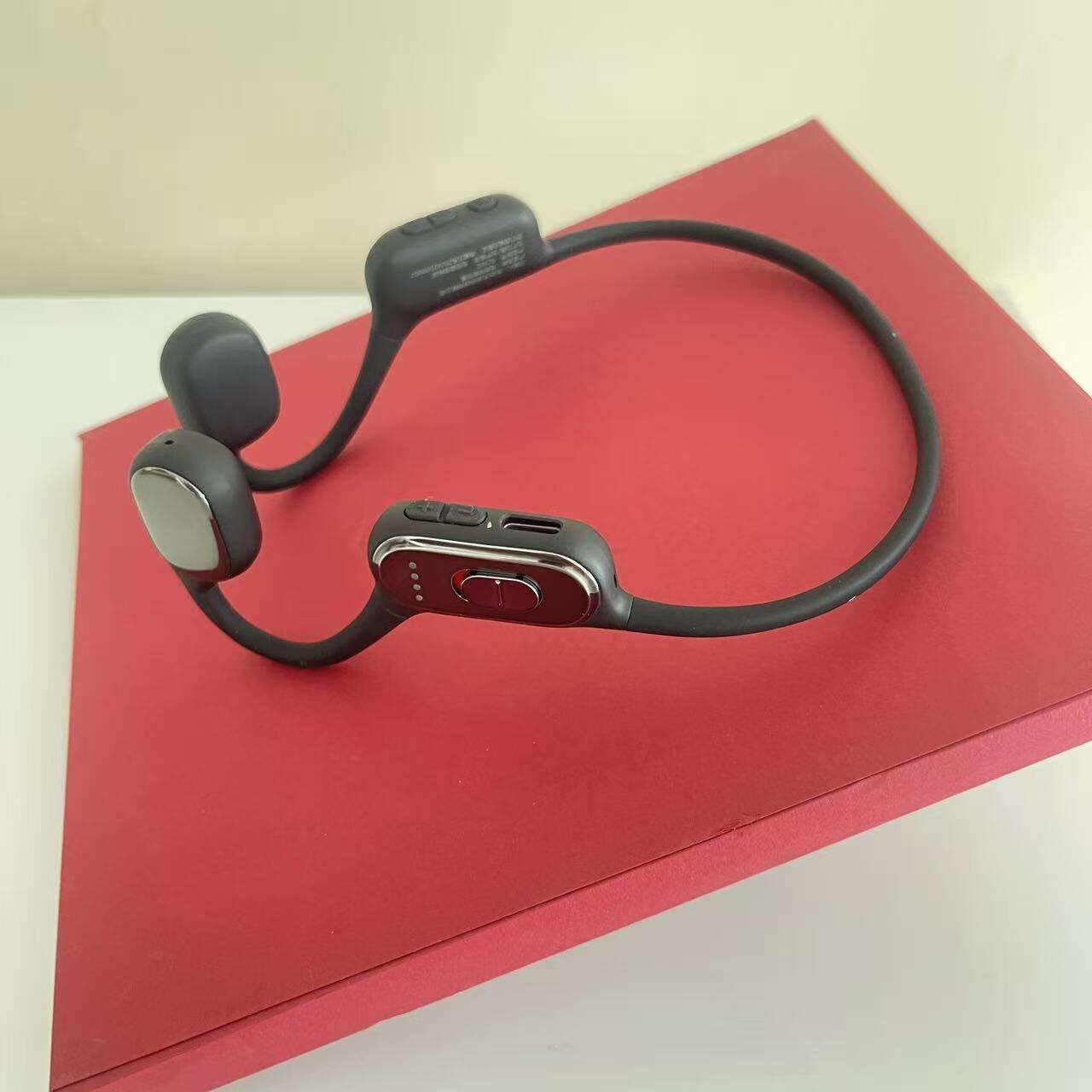Understanding Senior Hearing Needs and Hearing Aid Types
How aging affects hearing and the need for hearing aids
About one third of people over 65 experience some form of age related hearing loss, known medically as presbycusis. The numbers go way up after 75 years old, almost doubling according to what doctors have been seeing lately. What happens is that our ears just stop working as well over time. The tiny hairs inside the ear start wearing out and the nerves don't respond like they used to, especially when it comes to picking up higher pitched sounds. Many older folks find it really hard to follow conversations in places like restaurants or family gatherings where there's background noise. This isn't just inconvenient either. Research from Ponemon Institute back in 2023 showed that difficulty hearing properly can actually make someone twice as likely to feel isolated socially, which creates all sorts of problems for their overall well being.
Common types of hearing aids suitable for older adults
- Behind-the-ear (BTE): Most durable option for mild-to-severe loss
- Receiver-in-canal (RIC): Discreet design with natural sound transmission
- In-the-ear (ITE): Custom-molded for moderate loss but requires manual dexterity
Leading clinical guidelines recommend BTE models for 68% of older users due to their long battery life and compatibility with assistive listening devices.
Key factors in senior hearing loss that influence device choice
Hearing aid selection requires balancing four elements:
- Loss severity: OTC aids work for mild impairment; prescription models needed for severe cases
- Manual capability: Larger controls benefit arthritic hands
- Lifestyle demands: Active seniors prioritize water resistance and Bluetooth
- Budget realities: Insurance covers 23% of devices nationally (NCOA 2023)
Audiologists use speech-in-noise testing to identify high-frequency gaps where modern directional mics provide maximum benefit.
Essential Features of Modern Hearing Aids for Seniors
Noise Reduction and Speech Enhancement Technologies
Modern hearing aids use AI-powered noise reduction systems that automatically suppress background chatter while amplifying speech frequencies. Research shows these technologies improve word recognition by 35% in noisy restaurants and social gatherings (Journal of the Acoustical Society of America, 2023). Advanced models analyze sound up to 500 times per second, enabling seamless adaptation between quiet conversations and bustling environments.
Directional Microphones for Clarity in Noisy Environments
Dual-microphone systems focus on sounds directly in front of the wearer, reducing interference from side and rear noise. A 2024 clinical trial found that seniors using directional microphones achieved 42% better comprehension during family gatherings compared to omnidirectional models. This feature is especially valuable in places like grocery stores or group dinners.
Bluetooth and Wireless Connectivity for Seamless Integration
Bluetooth-enabled hearing aids stream audio directly from smartphones, TVs, and public announcement systems—a feature 78% of seniors report improves travel experiences. Recent models maintain stable connectivity up to 30 feet, allowing freedom of movement during calls or while watching TV. Wireless charging cases, inspired by smartphone designs, eliminate the hassle of frequent battery changes.
Rechargeable Batteries: Convenience and Long-Term Cost Savings
Lithium-ion batteries offer 30+ hours per charge, reaching 80% capacity in just 90 minutes. Over five years, seniors save approximately $460 compared to disposable battery models, while also reducing environmental waste. Charging stations with oversized LED indicators make daily use easier for those with vision challenges.
Comparing Hearing Aid Styles for Comfort and Usability in Seniors
Behind-the-ear (BTE) models: durability and ease of use
Many seniors still prefer behind-the-ear (BTE) hearing aids because they tend to be durable and straightforward to operate. The device sits at the back of the ear and connects through a thin tube to a specially made ear mold. These BTE models work well for people with everything from moderate to quite serious hearing problems, plus most come with rechargeable batteries now which saves money on constantly buying new ones. The bigger size actually helps folks who have trouble with small objects since it's easier to put in and take out. Plus manufacturers have been improving materials so these days they're much lighter than before, making them comfortable enough to wear throughout the day without feeling heavy or awkward.
Receiver-in-canal (RIC/RITE) devices: discreet design and sound quality
Seniors looking for something subtle but still powerful often turn to receiver-in-canal (RIC/RITE) hearing aids. These little devices have a small speaker right in the ear canal itself, which makes sounds come through clearly. What really stands out is how well they handle noisy situations. They come equipped with those fancy directional mics that boost voices while cutting down on all that annoying background chatter. Another big plus is the open fit design. Unlike older styles that made ears feel blocked up, these let air circulate naturally. Most people find this much more comfortable when wearing them for several hours at a time.
In-the-ear (ITE) and in-the-canal (ITC) options: handling challenges with aging hands
In-the-ear (ITE) and in-the-canal (ITC) hearing aids work great for people with mild to moderate hearing issues, though they can be tough on older adults who struggle with arthritis or limited hand movement. Those tiny parts like the battery door and volume control buttons need pretty fine motor skills to operate properly. Manufacturers have started making improvements though. Many recent models now come with magnetic charging options which takes away some of the frustration around keeping them powered up and generally makes life easier for users.
Fit, comfort, and ease of maintenance as critical selection criteria
A 2023 audiology study found that 68% of seniors prioritize comfort over advanced features when selecting hearing aids. Adjustable ear molds and sweat-resistant coatings help prevent irritation during prolonged use. Regular professional cleanings and moisture-wicking storage cases extend device lifespan and support hygiene.
Matching Hearing Aids to Lifestyle, Budget, and Long-Term Value
Aligning Hearing Aid Features With Daily Activities and Social Needs
When picking out hearing aids, matching them to what someone actually does every day makes all the difference in how happy they are with their purchase and whether those devices work well in real life situations. According to some recent market research from 2025, around two thirds of people who bought hearing aids said they wanted better clarity during family get togethers where multiple voices overlap at once. Nearly 60 percent mentioned needing something that could handle background noises when doing things outside the home, such as tending to flower beds or walking through parks. The same study also showed interesting results about noise cancellation features too. People using advanced models with smart noise reduction stayed with their devices significantly longer than those stuck with older versions lacking this technology, roughly 40 percent more likely to keep using them regularly in social settings.
Premium vs. Mid-Tier Hearing Aids: Balancing Performance and Cost
High-end hearing aids ($2,800—$4,000/pair) typically include AI-driven sound optimization and multi-device Bluetooth pairing, while mid-tier options ($1,200—$2,500) emphasize core functionalities such as rechargeable batteries and feedback cancellation. Studies show mid-tier users achieve 82% speech clarity in quiet settings versus 89% with premium devices—often a negligible difference for home-centric seniors.
Insurance Coverage, Financing Options, and Affordability for Seniors
While traditional Medicare rarely covers hearing aids, 44% of Medicare Advantage plans now include partial benefits (Hearing Industries Association, 2024). Clinic-based payment plans and nonprofit assistance programs help reduce upfront costs, with financing options cutting initial expenses by 50—75% for 63% of surveyed seniors.
Tips for Choosing a Hearing Aid That Fits Lifestyle and Comfort Needs
- Prioritize lightweight BTE or RIC models if handling small parts is challenging
- Test voice call clarity using the device’s Bluetooth pairing during trials
- Verify longevity—90% of rechargeable models last 5+ years with proper care
- Choose providers offering free annual cleanings and software updates
The Importance of Professional Fitting and Ongoing Support
Why Audiologist-Guided Selection Leads to Better Outcomes
Seniors need help finding hearing aids that actually work for them, and audiologists are really good at this job. When people get older, they tend to lose hearing in the high frequencies first, which makes it hard to hear certain sounds clearly in conversations. That's why custom programming matters so much. According to some research from the Hearing Health Foundation back in 2023, seniors who go through an audiologist end up much happier with their devices compared to folks who just pick something online themselves about 42% happier, if we're being exact. What these professionals do is look at things most people don't even think about when buying online stuff like how well someone can remember instructions, whether they have trouble handling small buttons, and what kind of day to day activities they engage in. Based on all that info, they suggest features that make real difference in everyday life such as easier control options or better noise filtering capabilities.
Personalized Hearing Tests and Trial Periods for Optimal Fit
Hearing tests these days don't just stop at those basic audiograms anymore. They actually simulate what people experience in daily life situations. For example, they check if older adults can follow conversations when there's background noise or pick up on those high pitch warning sounds we all need to hear. Most hearing centers will let patients try out devices for anywhere from 30 to 60 days, making tweaks along the way since around two thirds of folks have fitting problems right from the start according to some research published last year. The whole point is to help manage different levels of hearing between ears and also account for things like shrinking ear canals that happen as we age.
Follow-Up Adjustments and Long-Term Support for Sustained Success
Regular follow-up care really matters if someone wants their hearing aids to work well for years. According to research from last year, people who get their devices checked every three months are about 57% less likely to stop using them altogether, especially older adults. When our ears change shape or sensitivity shifts over time, audiologists need to tweak the settings so everything still sounds right. They also fix problems when ear molds no longer fit properly because weight has changed, or when there are connection issues between the aids and smartphones or televisions. All this continued attention lets patients adjust to how they're actually hearing now rather than what they hoped for. And let's face it, earwax buildup remains the number one reason why sounds start getting all muffled and unclear.
Frequently Asked Questions
What is presbycusis?
Presbycusis is age-related hearing loss, commonly affecting older adults.
Which hearing aid type is best for seniors?
Behind-the-ear (BTE) models are recommended for durability and ease of use among seniors.
Do modern hearing aids offer noise reduction?
Yes, modern hearing aids are equipped with AI-powered noise reduction technologies for enhanced speech clarity in noisy environments.
Table of Contents
-
Understanding Senior Hearing Needs and Hearing Aid Types
- How aging affects hearing and the need for hearing aids
- Common types of hearing aids suitable for older adults
- Key factors in senior hearing loss that influence device choice
- Essential Features of Modern Hearing Aids for Seniors
- Noise Reduction and Speech Enhancement Technologies
- Directional Microphones for Clarity in Noisy Environments
- Bluetooth and Wireless Connectivity for Seamless Integration
- Rechargeable Batteries: Convenience and Long-Term Cost Savings
- Comparing Hearing Aid Styles for Comfort and Usability in Seniors
- Matching Hearing Aids to Lifestyle, Budget, and Long-Term Value
- The Importance of Professional Fitting and Ongoing Support
- Frequently Asked Questions

